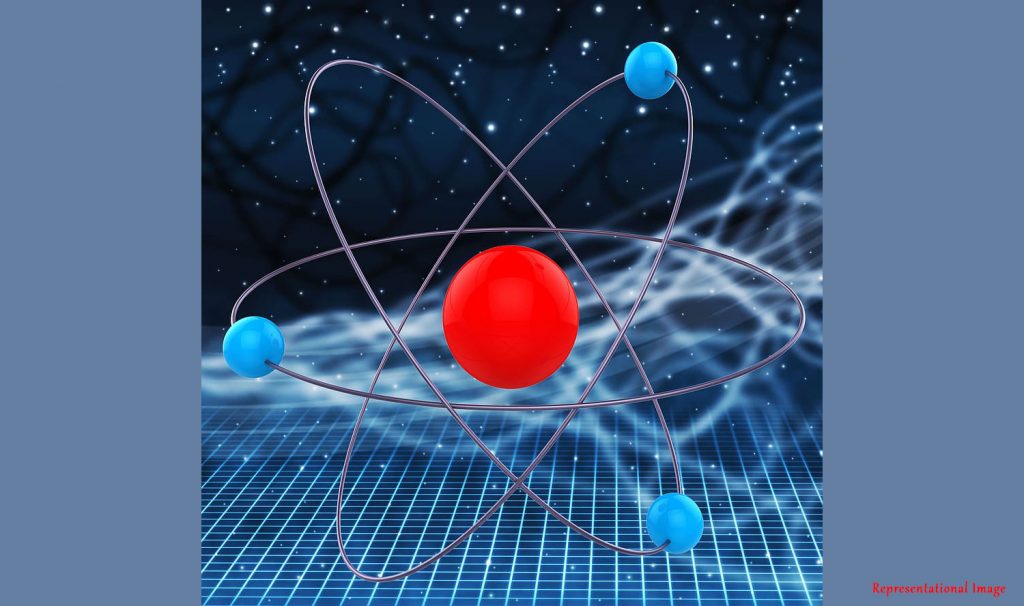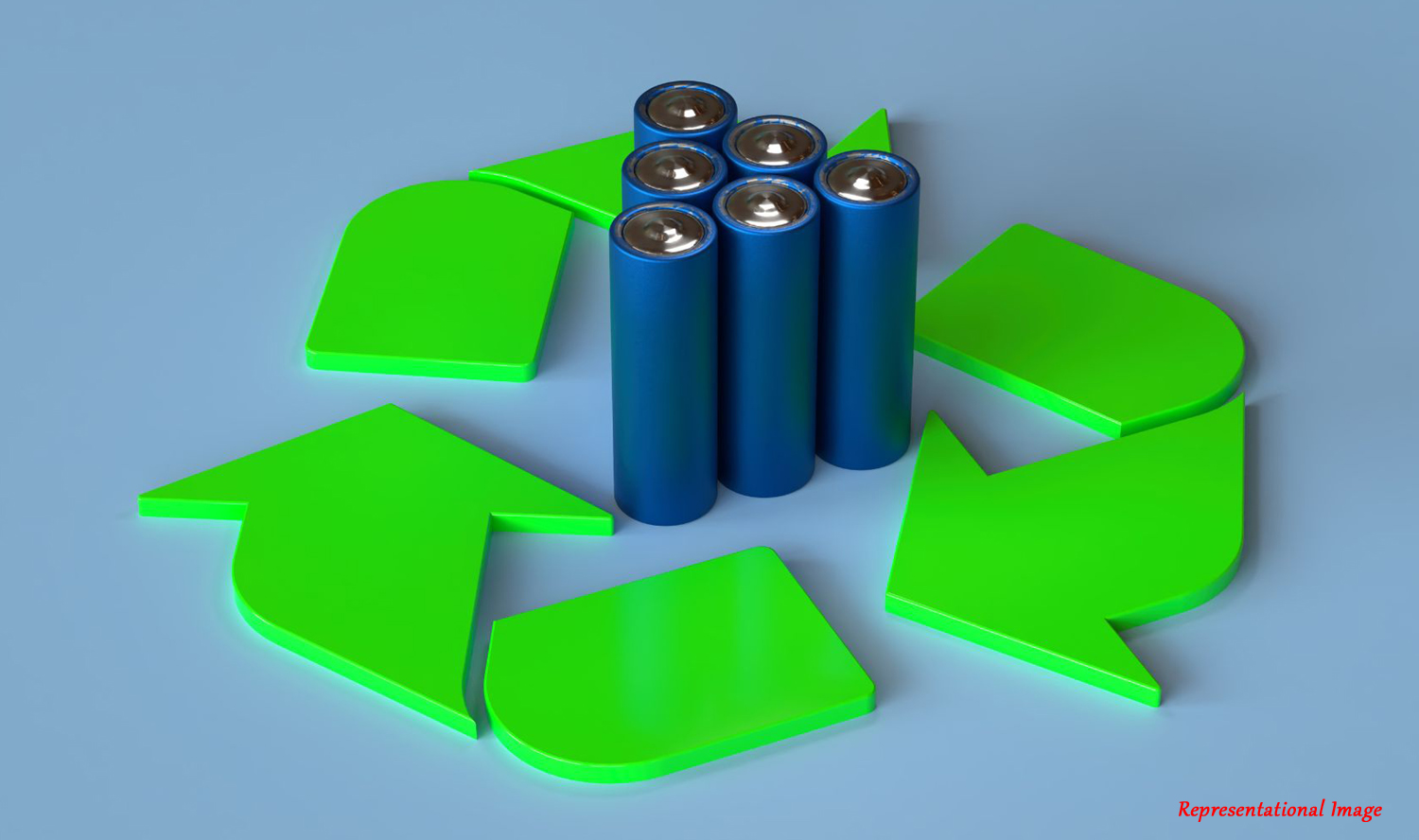
Let’s talk about nano-heterostructures. Yes, I know what the title says, but first, let’s dive into the properties and uses of nano-heterostructures. What are they? Heterostructures are systems composed of two materials in which the chemical composition of elements changes across the interface. Heterostructures at a nano level, one billionth the size of an atom, are called nano-heterostructures.
Nano-heterostructure materials have a wide range of applications because of their unique properties compared to their bulk counterpart. Metal/ceramic nano-heterostructures are encountered in many materials system and find applications in our daily life, such as biological implants, various components of cell phones, etc. This is where metal/ceramic interfaces play an important role. Metal/ceramic interfaces play a significant role in dictating the properties of nano-heterostructures due to their large interfacial-area-to-volume ratio. Going forward, manipulating them can further improve the performance of the material system and could lead to new applications. An interface is assumed to be two-dimensional. In this study, the authors show that atomic chemical gradation can be achieved in a variety of metals and ceramics on nano-heterostructures. Such atomic level gradation provides a new dimension (3rd dimension) in controlling the properties of nano-heterostructures. It can help achieve composites and nano-heterostructures with unprecedented mechanical, thermal, and electronic properties.
The authors of this study, which include Mr. Prince Gollapalli, Mr. P. S. V. R. A. Kishor, Ms. J. Varalakshmi, Mr. Prajeet Oza, and Prof. Satyesh Kumar Yadav from the Department of Metallurgical and Materials Engineering, Indian Institute of Technology Madras, Chennai, India (Prof. Satyesh Kumar Yadav is also from the Center of Atomistic Modelling and Materials Design, Indian Institute of Technology Madras, Chennai, India), using first principles computational modelling show that atomic-level chemical gradation can be achieved in Titanium and titanium nitride (Ti/TiN). The atomic-level chemical gradation between a metal and a ceramic is shown to occur in such a way that anions (negatively charged atoms) move from the ceramic to the metal, followed by migration of metal atoms to ceramic, leading to the formation of a chemically graded surface. It was believed that the interface between a metal and its nitride is expected to be atomically sharp as chemical gradation would require the creation of N vacancies in nitrides and N interstitials in metal. Contrary to this belief, using first-principles density functional theory (DFT), the authors found that the chemically graded Ti/TiN interface is thermodynamically preferred over the sharp interface.
The study was extended to several metals (M) and their oxides, nitrides, and carbides:
1. Periodic Table II A: Magnesium (Mg).
2. Periodic Table IV B: Titanium (Ti), Zirconium (Zr), Hafnium (Hf).
3. Periodic Table V B: Vanadium (V), Niobium (Nb), Tantalum (Ta).
4. Periodic Table VI B: Chromium (Cr).
5. Periodic Table VIII: Iron (Fe).
6. Periodic Table III A: Aluminium (Al).
It was found that metals from periodic table groups IV B and V B were more likely to form a chemically graded interface. This is because of the large (negative) anion interstitial formation energy in these metals. Magnesium (Mg) and Aluminium (Al), when combined with oxides (O), carbides (C), and nitrides (N), on the other hand, form a sharp interface with most metals due to large (positive) vacancy formation energy.
This work provides atomic-level insights on the possibility of gradation, which is extremely difficult and expensive to establish using experiments alone. This could have been the reason atomic-level chemical gradation, although present in some metal/ceramic heterostructures, have not been established. Although only a few combinations of metals and ceramics were studied, it provides a robust tool to assess the possibility of forming a chemically graded interface.
Prof. Amit Misra from the Department of Mechanical Engineering, University of Michigan, USA, who is also the Edward DeMille Campbell Collegiate Professor of Materials Science and Engineering, gave his analysis of the importance of the work done by the authors with the following comments: “Ceramics and metals are disparate materials: one very hard and rigid but lacking fracture toughness so it easily breaks, while the other is soft but hardens upon straining making it malleable and is easy to shape and form by mechanical working. The mixture of the two has been used to create composite materials such as cermets but the properties of the composite are still limited by an average of ceramic and metal. In a new class of nano composites pioneered by Professor Yadav’s research group the interfaces between the metal and ceramic, instead of being chemically sharp have a graded chemical profile at the atomic scale. Since the dimensions of the constituent phases are nanometer-scale, the properties of the nano composite are determined not by a rule-of-mixtures average but the interfacial regions. This kind of atomic-scale composition grading, based on first principles computational modeling can guide experimental processing of a novel class of nano-engineered metal-ceramic composites with unprecedented mechanical, thermal and electronic properties.”
Article by Akshay Anantharaman
Click here for the original link to the paper – 1
Click here for the original link to the paper – 2











